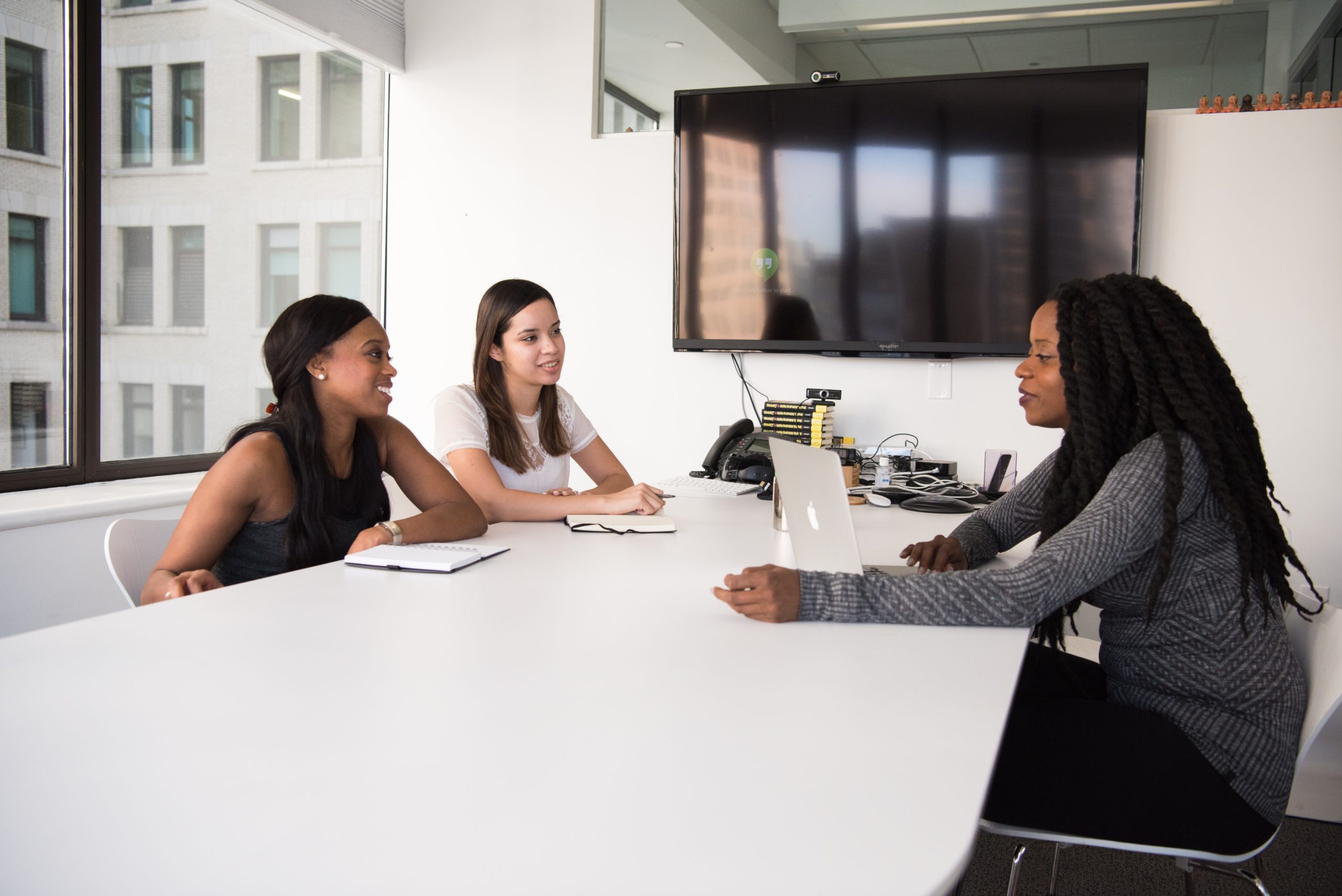HR
What Exactly is Blended Learning?
 You may have heard the phrase, but you’re unsure what it actually means. You may have been told of its benefits, but still you wonder: what exactly is blended learning?
You may have heard the phrase, but you’re unsure what it actually means. You may have been told of its benefits, but still you wonder: what exactly is blended learning?
Also known as hybrid learning or personalized learning, blended learning is a teaching method that offers a mix of both traditional classroom learning and online digital learning — creating many new opportunities for both teachers and learners alike.
The goal of blended learning is not to replace face-to-face learning with a digital alternative, but to supplement and enhance traditional learning and training with online digital features. The best kind of blended learning still involves a designated meeting place and instructor.
Further, it consists of more than just adding laptops to a classroom: blended learning completely transforms the method in which teachers present information.
Blended learning, broken down.
What is the blended learning model?
Blended learning generally encompasses three key pieces: face-to-face instruction, digital learning content and a specified timeframe in which the student or trainee engages in independent learning and studying with both the online resources offered, such as digital training software, and the knowledge acquired during the classroom instruction.
With the mix of in-person and digital learning materials, a lecture can be sent to students or trainees to watch in their own personal time before the class. This frees up classroom time to pursue more real-world application of the material that require direct interaction with others, like group exercises, hands-on practice and group debates.
Blended learning comes in many forms.
 Now that you have a basic understanding of the definition of blended learning, let’s dig into the different forms.
Now that you have a basic understanding of the definition of blended learning, let’s dig into the different forms.
One method is a rotated learning model in which a student or trainee regularly switches back and forth between in-person classroom instruction and independent, self-paced online learning. In another method the teacher initiates in-classroom online learning while remaining present. Yet another method is for a digital platform to account for most of the curriculum, while in-person focus groups, question/answer sessions or group discussions are offered in person.
Students and trainees may also have the option of taking a fully-digital course but in a designated computer lab with other learners. Each method has unique benefits.
Flexibility in blended learning.
One of the most notable aspects of blended learning is flexibility. It gives students and trainees control over the time and location of their learning and specific curriculum and learning pace, similar to adaptive learning.
Blended learning in the workplace.
While blended learning is often considered within the parameters of a classroom, its benefits widely apply to the workplace and corporate sector.
According to the Journal for Forensic Sciences, “Blending online theoretical content with hands-on practical application or mentor-based instruction is an efficient, cost-effective delivery method for workforce training.”
When pursuing a blended learning model, you wonder how to discover the perfect “percentage” of classroom instruction versus digital materials. Honestly, there’s no hard and fast rule. It varies greatly depending on the topic of the course and the nature of the material presented.
Are you considering implementing a blended learning model in your workplace? If so, consider an online training software complete with all the features your company needs — such as custom training and video integration to cultivate knowledgeable, confident and happy employees.
 vidREACH.io
vidREACH.io




